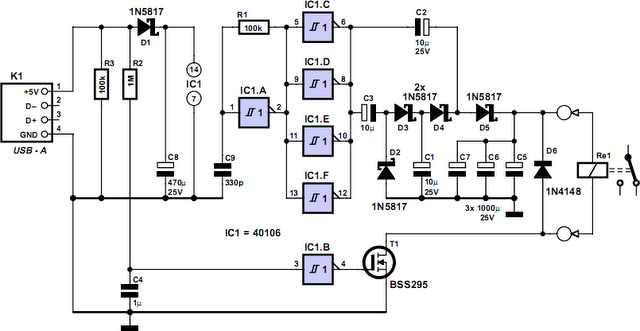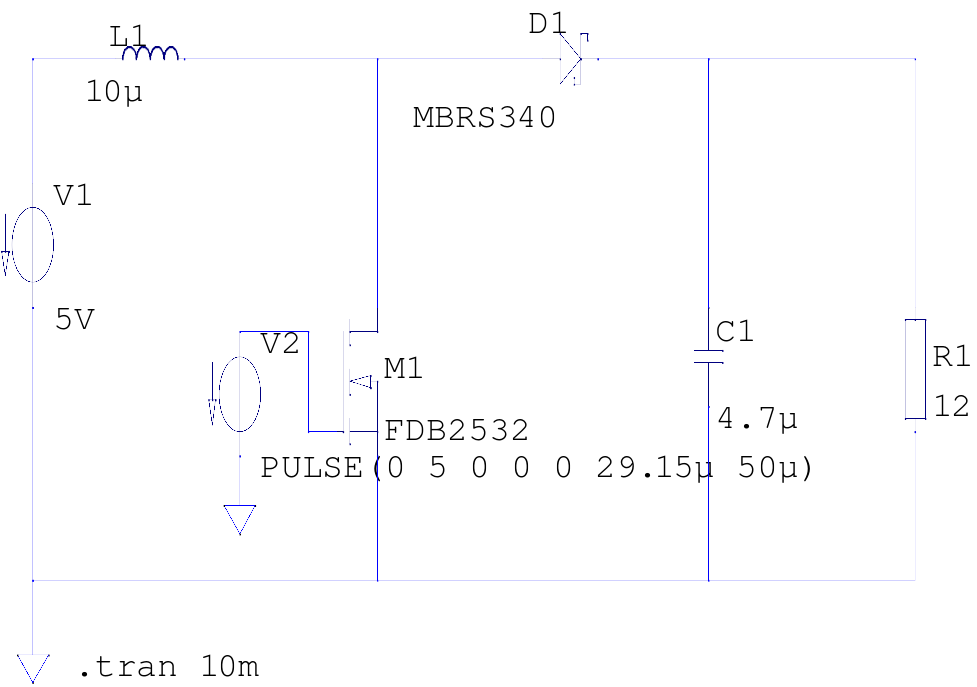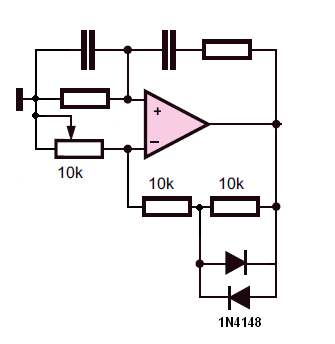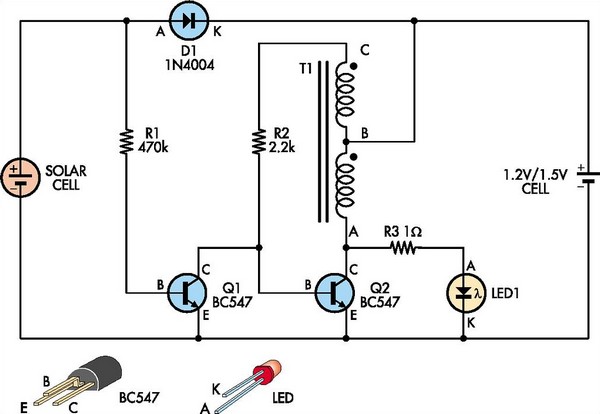
Put That Light Out
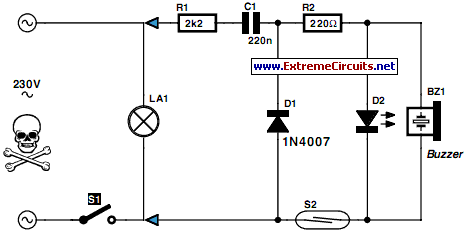
If the light in a seldom-used room, such as a loft, is forgotten and left on, it can remain illuminated for extended periods, leading to significant electricity costs. To address this issue, electronics enthusiasts can design a simple circuit to help mitigate such oversight. The concept is straightforward: if the light remains on when the hatch or door is closed, a buzzer or sounder emits an alarm that should be audible despite background noise. The circuit is powered as long as the light bulb is activated by switch S1. When reed switch S2 indicates that the hatch has been closed, the sounder is triggered. A red LED, positioned outside the loft near the entry hatch, serves as a visual indicator that the light needs to be turned off. The circuit operates without a transformer, which means it is at mains potential; therefore, all components must be housed in an insulated plastic enclosure to ensure safety and prevent accidental contact. Additionally, the connecting wires for the LED and reed switch must be adequately protected to maintain a touch-proof standard. The sounder used should be capable of operating on direct current within a voltage range of 1V to 3V. In this configuration, the operating voltage is limited by the LED connected in parallel with the buzzer, with a red LED providing approximately 1.7V to the sounder. The miniature sounder typically requires around 5mA of current.
The circuit design incorporates several key components to ensure functionality and safety. The main components include a light switch (S1), a reed switch (S2), a sounder or buzzer, a red LED, and appropriate protective housing. The light switch (S1) controls the power supply to the circuit, ensuring that the system is only active when the light is on. The reed switch (S2) is activated when the hatch is closed, which triggers the sounder to alert the user that the light has been left on.
The use of a red LED not only serves as a visual indicator but also helps limit the voltage supplied to the sounder, preventing damage to the components. The choice of a sounder that operates efficiently within the specified voltage range ensures that the circuit remains functional while drawing minimal power.
To enhance safety, the entire circuit must be encased in a non-conductive plastic housing. This housing should be designed to prevent any accidental contact with live components, particularly for the sounder, which may be mounted in a location accessible to users. Additionally, all wiring should be insulated and secured to avoid exposure to the mains voltage, ensuring compliance with electrical safety standards.
Overall, this circuit effectively addresses the problem of forgotten lights in seldom-used rooms by combining auditory and visual alerts while prioritizing user safety through careful design and component selection.If you forget to switch off the light after leaving a seldom used room (such as the loft), there`s a strong likelihood that it could remain lit for months, running up an expensive power bill in the process. How can we prevent this waste It`s not hard for electronics enthusiasts to design a little circuit to mitigate the effects of absentmindednes
s. The notion is simple; if the light is left on when the hatch or door is closed, a rhythmic sounder/buzzer signal produces an alarm that hopefully will not be masked by other noise. The circuit is powered as long as the lamp bulb is switched on by light switch S1. If the reed switch S2 then signals that the hatch has been closed, the sounder operates. The red LED, mounted outside the loft next to the entry hatch, also indicates that the lamp up there needs to be switched off.
The circuit does not use a transformer, meaning that the whole circuit is at mains potential. For this reason the components must be placed inside an insulated plastic case for protection, with no way that people can touch any part of the circuit (this includes the sounder). The connecting wires to the LED and the reed switch contact must be fully protected to the same touch-proof degree too.
For the sounder you can use any type that operates on direct current in the region between 1 V and 3 V. In this circuit the operating voltage is limited by the LED connected in parallel to the buzzer. Using a red LED will provide around 1. 7 V to the sounder. The current requirement of this kind of miniature sounder is about 5 mA. 🔗 External reference
The circuit design incorporates several key components to ensure functionality and safety. The main components include a light switch (S1), a reed switch (S2), a sounder or buzzer, a red LED, and appropriate protective housing. The light switch (S1) controls the power supply to the circuit, ensuring that the system is only active when the light is on. The reed switch (S2) is activated when the hatch is closed, which triggers the sounder to alert the user that the light has been left on.
The use of a red LED not only serves as a visual indicator but also helps limit the voltage supplied to the sounder, preventing damage to the components. The choice of a sounder that operates efficiently within the specified voltage range ensures that the circuit remains functional while drawing minimal power.
To enhance safety, the entire circuit must be encased in a non-conductive plastic housing. This housing should be designed to prevent any accidental contact with live components, particularly for the sounder, which may be mounted in a location accessible to users. Additionally, all wiring should be insulated and secured to avoid exposure to the mains voltage, ensuring compliance with electrical safety standards.
Overall, this circuit effectively addresses the problem of forgotten lights in seldom-used rooms by combining auditory and visual alerts while prioritizing user safety through careful design and component selection.If you forget to switch off the light after leaving a seldom used room (such as the loft), there`s a strong likelihood that it could remain lit for months, running up an expensive power bill in the process. How can we prevent this waste It`s not hard for electronics enthusiasts to design a little circuit to mitigate the effects of absentmindednes
s. The notion is simple; if the light is left on when the hatch or door is closed, a rhythmic sounder/buzzer signal produces an alarm that hopefully will not be masked by other noise. The circuit is powered as long as the lamp bulb is switched on by light switch S1. If the reed switch S2 then signals that the hatch has been closed, the sounder operates. The red LED, mounted outside the loft next to the entry hatch, also indicates that the lamp up there needs to be switched off.
The circuit does not use a transformer, meaning that the whole circuit is at mains potential. For this reason the components must be placed inside an insulated plastic case for protection, with no way that people can touch any part of the circuit (this includes the sounder). The connecting wires to the LED and the reed switch contact must be fully protected to the same touch-proof degree too.
For the sounder you can use any type that operates on direct current in the region between 1 V and 3 V. In this circuit the operating voltage is limited by the LED connected in parallel to the buzzer. Using a red LED will provide around 1. 7 V to the sounder. The current requirement of this kind of miniature sounder is about 5 mA. 🔗 External reference

